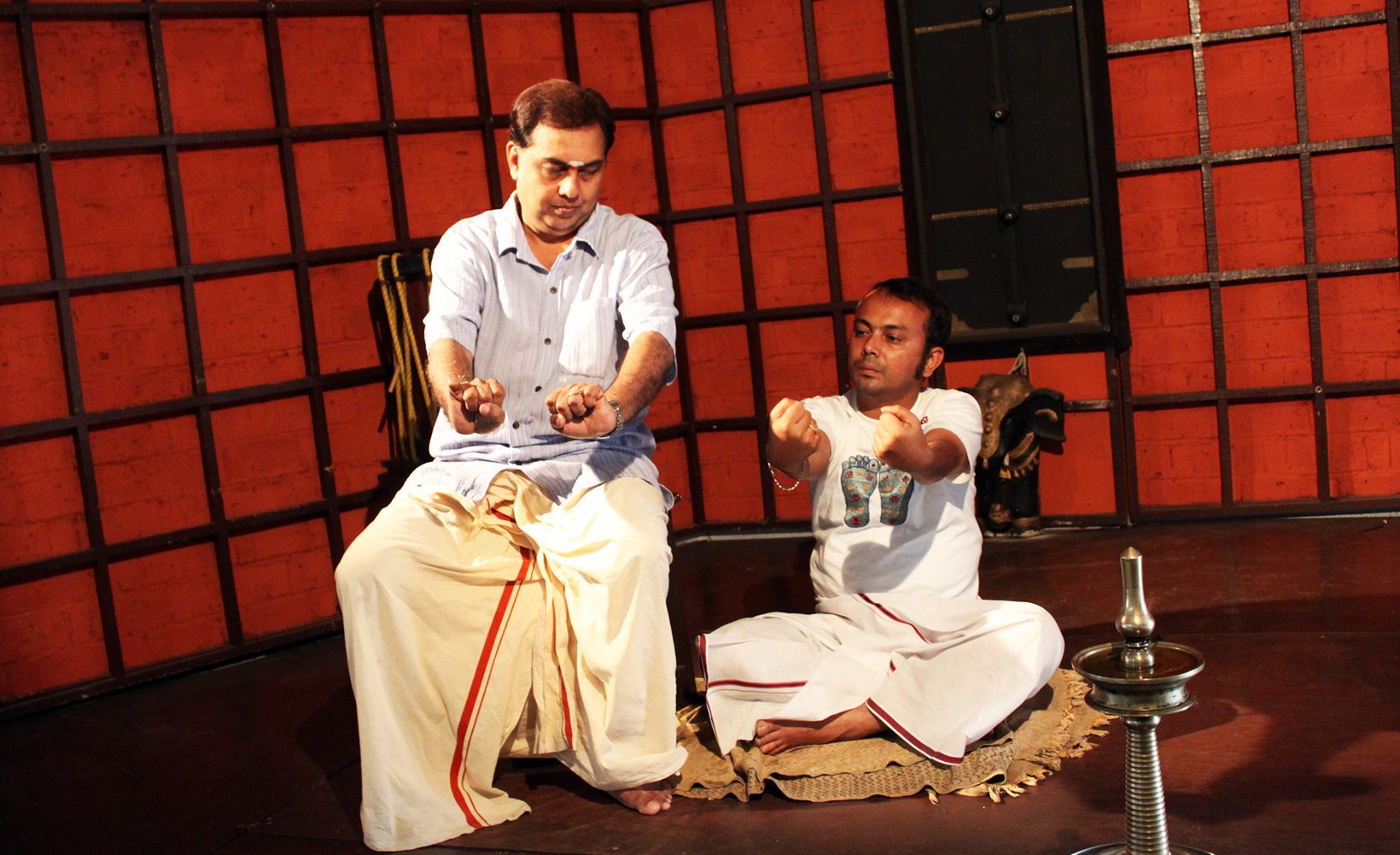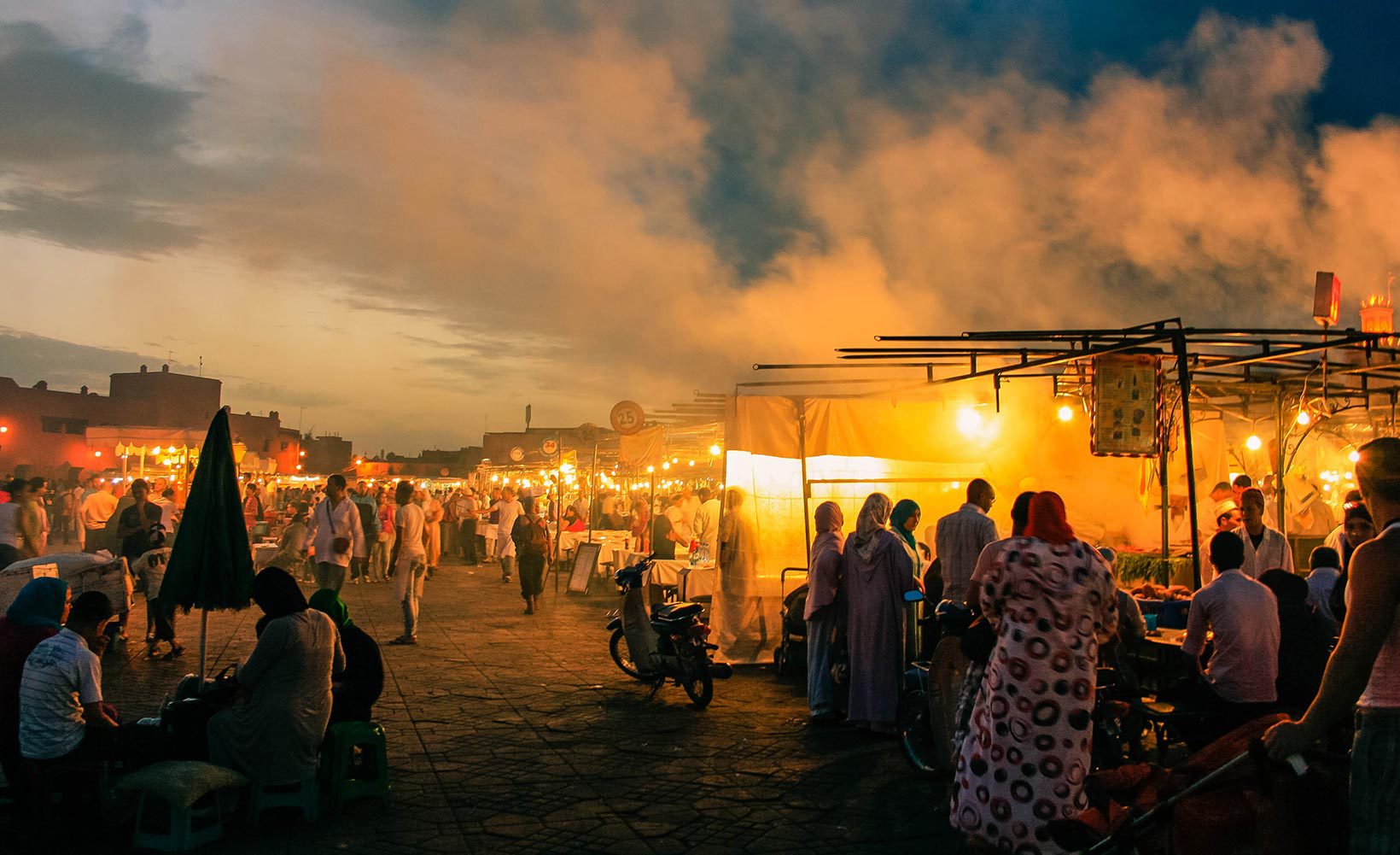Jewellery of India’s royalty is what legends are made of. There are many fascinating stories like this one we like from Hyderabad in South India.
One morning the Nizam of Hyderabad woke up with the idea of grading the Pearls in the royal treasury. Buckets and buckets of Pearls of all shapes and sizes were washed, graded and left to dry on huge sheets which covered the entire roof of the Nizam’s Palace. What a sight it must have been. Or the sheer impunity with which the Nizam used a 162-carat Jacob Diamond mounted on a gold base as a paperweight! In the 1930’s the Nizam was said to have £ 100 million worth of gold and silver and a further £ 400 million worth of jewels.

In Rajasthan, the Jaipur royal family was said to have some of the finest jewels in India, guarded zealously by the indigenous Minas of Amber from whom they wrested power. The jewels of the Jaipur’s royal house were shrouded in secrecy and the story goes that the King of Jaipur himself was allowed access to it only thrice during his entire lifetime. There are unconfirmed reports that the treasury; gold, silver and jewels, were ultimately found in Amber after a 5 month long search in 1976 and was swiftly carried away by army trucks under the direct orders of a highly placed politician from New Delhi.

The royal family of Patiala in Punjab too, had some outstanding jewellery; the pièce de résistance being the iconic Patiala necklace. This ceremonial necklace was commissioned to Cartier by Patiala’s dashing, stylish, globetrotting Maharaja Bhupinder Singh (1891-1938) who loved collecting cars, horses, watches and paintings. But his real passion was jewels. Bhupinder Singh who was a talented Polo player and captained the India XI cricket team that toured England in 1911 loved being decked up with ornaments and wore exotic jewel studded headgears. In 1926, Maharaja Bhupinder Singh landed in Paris with several chests of jewels and wanted Cartier to make a ceremonial necklace worthy of a King. He personally sat down and selected the design. It took Cartier nearly 3 years to complete the necklace which was the largest single commission that it has ever executed. The necklace made of platinum covered almost three quarters of the chest and contained 2,930 diamonds weighing almost 1,000 carats, the largest being a 234 carat De Beers diamond, the size of a golf ball, the seventh largest in the world. It was last seen on Maharaja Yadavindra Singh; the son of Maharaja Bhupinder Singh.






